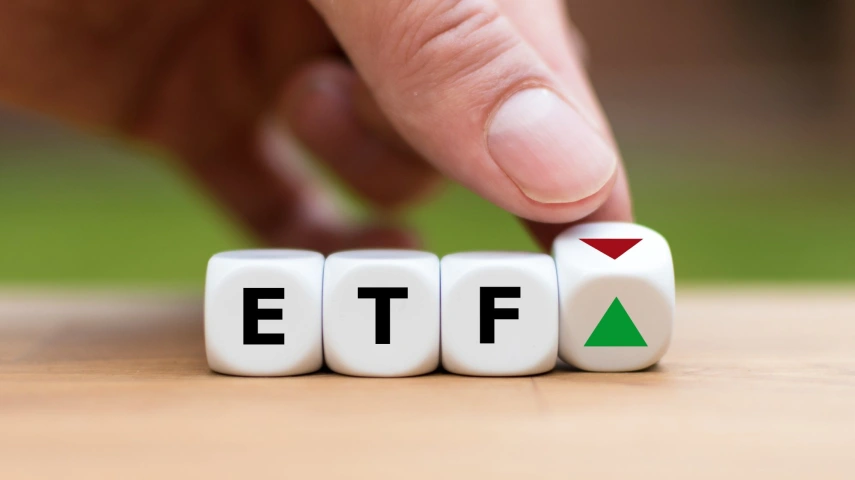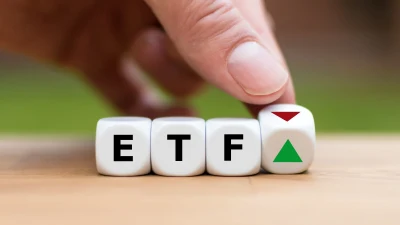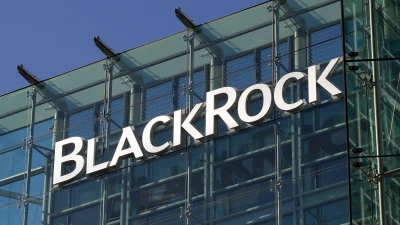Costly active ETFs penalised by investor flows



With ETF pricing becoming more competitive than ever, those active ETF vehicles priced higher than 120bps are the only segment of the popular products to see outflows.
According to the EY quarterly ETF report Australian ETF Overview, the weighted average expense ratio for both active and passive products has dropped quarter-on-quarter.
For the 164 active ETFs available in the Australian market, the average was 0.73 per cent while for passive ETFs, which were significantly higher at 273 products, the average expense ratio sat at 0.24 per cent.
“Persistent fee pressure continues to push issuers to control expense ratios, resulting in a 0.01 percentage point decline in the average weighted expense ratio for the quarter ended September 2025,” the report said.
With pressure on fees, EY said 50 active ETFs were priced less than 50 bps with these funds accounting for 7.9 per cent of industry funds under management and 6.7 per cent of active ETF inflows over the year.
In total, 120 active ETFs were priced at 100 bps or less but a further 44 were higher than this, with 15 sitting at more than 125 bps. Those active funds which were priced at more than 125bps were the only ETF sector to experience outflows with -2.3 per cent of flows.
|
Fee range |
Number of active ETFs |
% of yearly flows |
|
0-50bps |
50 |
6.7 |
|
51-75bps |
29 |
0.5 |
|
76-100bps |
41 |
3.9 |
|
100-125bps |
29 |
1.5 |
|
125+ bps |
15 |
-2.3 |
Source: EY, 30 September 2025
This sector was also penalised on a 12-month basis with EY’s financial year data showing the sector saw outflows of -6 per cent.
In terms of the five active ETFs launched during the quarter, the fees ranged from 35bps per annum for the Betashares Wealthbuilder Global Geared Complex ETF to as much as 120bps for the Loftus Peak Global Disruption Hedged Active ETF.
On the passive side, pricing was far cheaper with 93 passive ETFs being priced less than 25bps and these make up half of total industry funds under management and 62 per cent of passive fund inflows this year.
However, the majority of passive ETFs (116) were priced between 26-50 bps and only six passive ETFs had fees higher than 75bps.
The cheapest passive ETF launched during the quarter was the Global X Australia 300 ETF which charged just 4 bps while the most expensive launch was the VanEck MSCI International Growth ETF which charged 40bps.
In the case of the Global X ETF, which was launched in August, the firm stated it was challenging Vanguard’s Australian Shares Index ETF which charges 7 bps.
Looking at overall ETF inflows over the past 12 months, some $14.5 billion went into passive ETFs and $2.9 billion went into active ones to bring the total to $17.3 billion and total FUM to $309 billion. There were 10 new launches during the quarter to 30 September, evenly divided between active and passive, with no delistings taking place.
Some 44 per cent of quarterly inflows went into global equity ETFs, 19.5 per cent into domestic equity ETFs and 21.9 per cent into fixed income.
Recommended for you
Income Asset Management has promoted former ASIC commissioner, Danielle Press, as chair of its board following the retirement of John Nantes.
Lazard Asset Management has announced the launch of a new global equity fund, expanding its qualitative offering for Australian investors.
After introducing its first active ETF to the Australian market earlier this year, BlackRock is now preparing to launch its first actively managed, income-focused ETF by the end of November.
Milford Australia has welcomed two new funds to market, driven by advisers’ need for more liquid, transparent credit solutions that meet their strong appetite for fixed income solutions.












